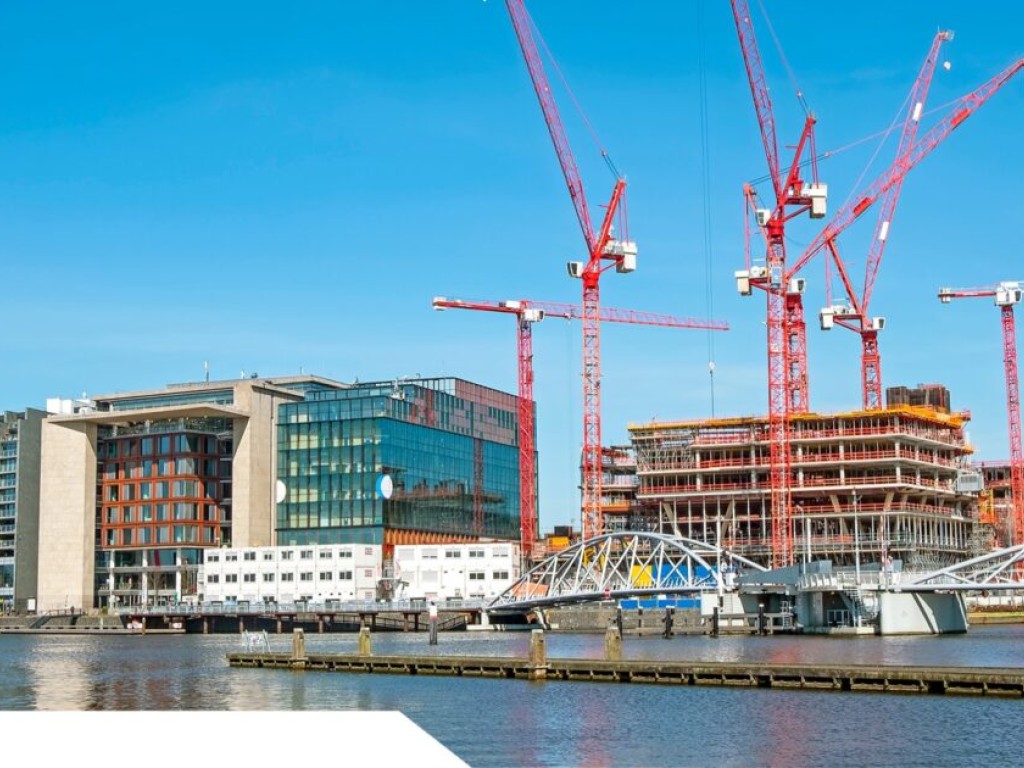SYNERCIZE: SYnchromodal Transport NEtworks for a Construction Industry towards Zero Emissions

The construction sector is responsible for CO2 and NOx emissions, which not only harm the environment but also pose health risks. Logistics is one of the major causes of these emissions in the construction sector. Heavy materials and large volumes cause a lot of traffic and pollution, especially on the roads. Although transport by water is a considerably more sustainable alternative, it is still rarely used in the construction sector. The SYNERCIZE project responds to this by targeting the smart and efficient use of transport by water on inland waterways, making construction logistics more sustainable, safer, and less harmful to the living environment and climate.
The SYNERCIZE project focuses on a smart and flexible network for the transport of construction and demolition materials via inland waterways, combined with trucks for delivery and removal. By intelligently integrating barges and trucks, transport can be efficient and emission-free, even in the event of fluctuating demand or delays. Digital tools collect and analyze data in real time, allowing plans to be adjusted immediately. In parallel, we are developing new business models and coordination mechanisms so that all parties involved, from contractors to logistics service providers, can work together effectively. Four real-life construction projects in the Blue Lane living lab – including a large-scale infrastructure project, circular demolition projects, and construction hubs – make it possible to directly link theory and practice.
The SYNERCIZE project delivers concrete results:
• Design of a flexible transport network that enables emission-free transport of building materials
• Digital tools for smart planning and operational coordination
• Best practices and strategic insights for synchromodal transport in the construction sector
• Reduction of CO2 emissions by approximately 50% and NOx emissions by 46% in logistics flows of construction and demolition materials
• Less traffic, cleaner air, and a better living environment around construction projects.
The consortium combines broad academic knowledge and practical experience. By integrating research and practice through the living lab, solutions are immediately validated and optimized.